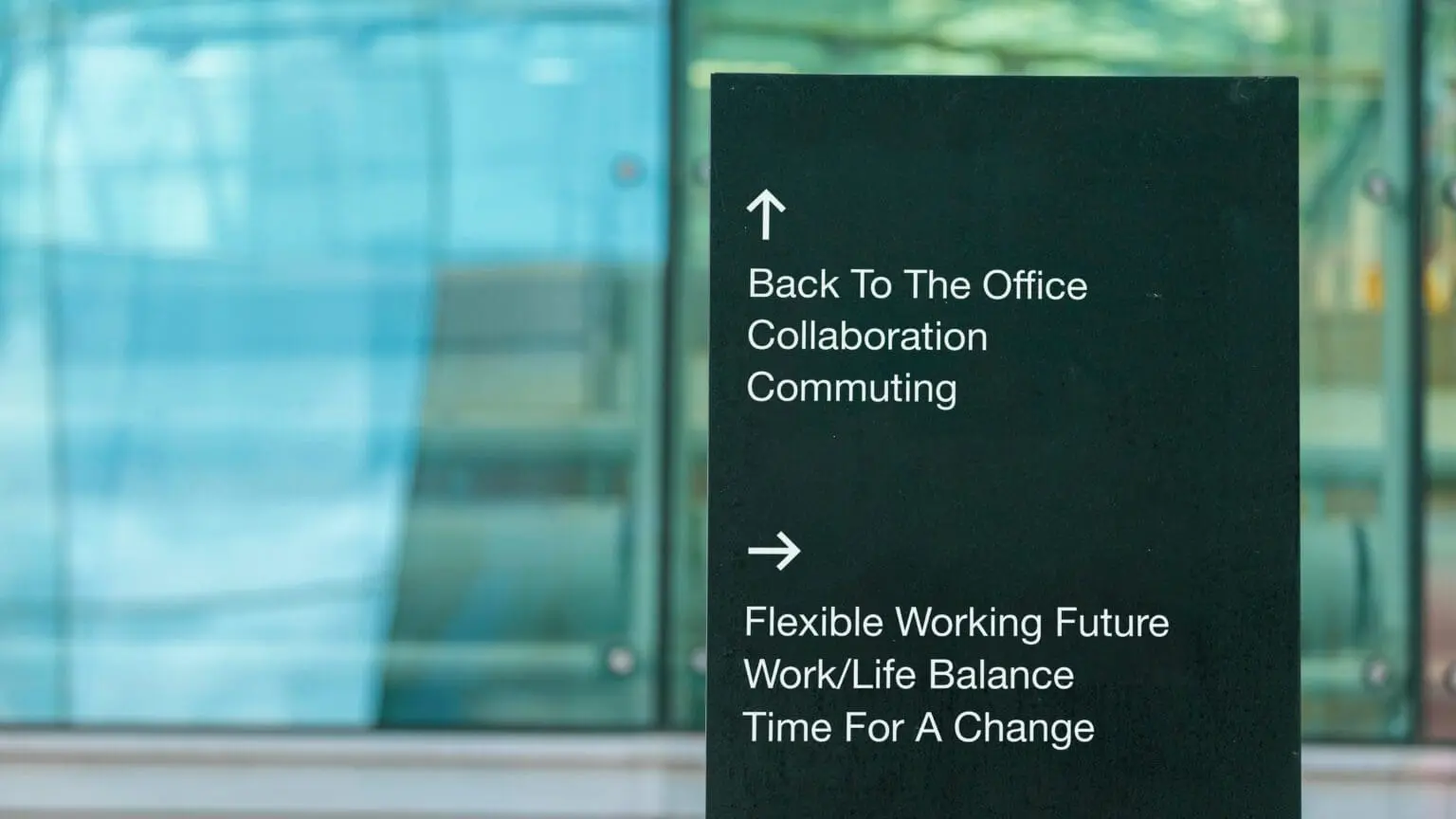Hybrid workspaces offer flexibility to employees and employers alike. A hybrid workspace allows more autonomy and better work-life balance and keeps the employees more engaged. They are often more productive too.
When offices are now preparing to bring their employees back to work in the office space and remain flexible at the same time, it is imperative to know what the work-life will look like now. While some employees are happy about going back to normalcy, some are sulking over having to get ready again for the office.
Why is employee engagement important?
HR can keep their employees happy and engaged by removing all perceptional barriers and thinking of ways to improve employee satisfaction for their workforce.
In order to do so, HR needs to understand the challenges and issues that they face. Unhappy employees can actually cause far larger issues for the business.
As the hybrid work culture is taking over, it has become challenging for leaders to get all their employees on the same page. Here are 5 major challenges faced in a hybrid workplace and how you can fix them.
Let us have a quick look into the challenges faced in employee engagement.
What are the challenges faced in employee engagement?
Keeping the employees engaged in a hybrid workplace can prove to be an asset and a well-thought advantage for the organization. You can read more about the employee experience challenge here.
We at Resurgent believe in a human-centric approach to ensure that technology feels like an advantage and not a barrier. We believe that audio-visual communication isn’t just about technology; it’s about people. That’s why, as an AV integration partner of choice to enterprises, Resurgent applies the power of technology to enable employees to deliver the best. There are however a few challenges faced in keeping the employees engaged. Let us look into these stumbling blocks.
- Lack of alignment
Senior leaders of the industry agree that workplace culture and employee engagement hold value and are not directly proportional to business goals. Keeping employees on track, aligned and focused is all about their mindset. At the end of the day, since everybody is so busy, it is easier to handle more tangible issues than to sustain employee engagement.
Lack of alignment happens when organizations don’t administer surveys and other ways to interact with their employees and get their feedback from time to time. It creates a gap between the leaders and the employees in their teams and affects team coordination.
Given the fact that a person will work the best in an apt environment, if the hybrid workplace system is not efficient enough, there are chances of reduced productivity from the employees. They might stop pushing their limits and just put in the least effort to finish a task. Such employees are disengaged, slow to complete their work and eventually lead to lower productivity.
Trying to get attention from employees can be a challenging task in the hybrid workplace where every employee is a solitary employee. Improving engagement requires excellent communication skills. Our world is an information-saturated one; it is difficult to cut through the traffic that remains in one or the other modes. This communication gap has also changed employee engagement in many ways.
- Lack of support from leaders
In a leadership system, when employees start getting engaged, start reporting directly; transforming this to the next level takes larger efforts. It takes effort in the forms of formal training, investing in some budget and of course the time of hundreds of employees. Formal training still remains less important to gain the commitment of managers to adopt a mind shift because it’s useful only if the managers commit to making their people better.
To know what challenges leaders face during employees’ work from home, read here.
- Negative work environment
A negative work environment will stall the march to progress. Such an environment leads to anxiety, irritation, less output, etc. A negative work environment results from poor communication, micromanagement, stress and overburden. In such situations, highly engaged employees can also lose focus on work.
How to improve it?
Improving employee engagement can be achieved with a few techniques.
Using the right kind of tools is one common way to keep employees engaged. For example; when employees can communicate easily and collaborate with their colleagues, irrespective of location, it’s easier for them to feel like part of a team.
Corporate AV solutions from Resurgent help organizations stay ahead and agile, even in the event of their global expansion and work culture becoming highly hybrid.
Read more about why AV tools are central to enterprise performance.
Listening to and looking after employees is one of the most critical aspects of improving employee engagement. Listen to them, dig a little deeper and then engage them on a personal level. Allow people to work from home or offer flexible options.
Wrapping it up!
Employee engagement is one of the most interesting and challenging tasks for the HR team in a company.
Wondering why communication is so important in a work from home set-up? Read on here.
Audio-video integration services from Resurgent are not only for communication within the boundaries of an enterprise; they are now designed to transcend spaces and connect people across the globe, across locations and devices, allowing them to work towards a common goal.



